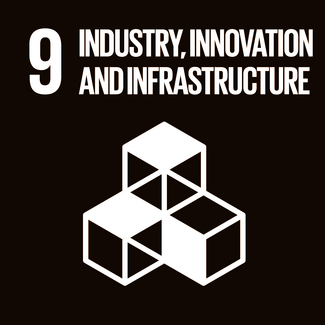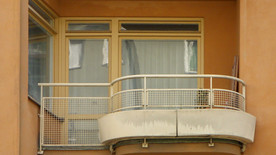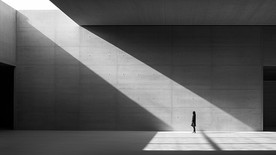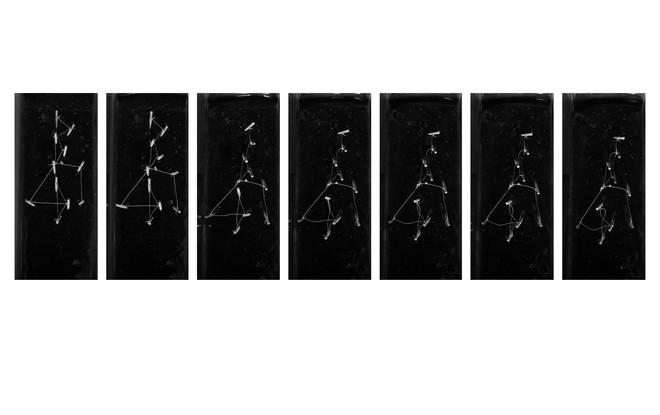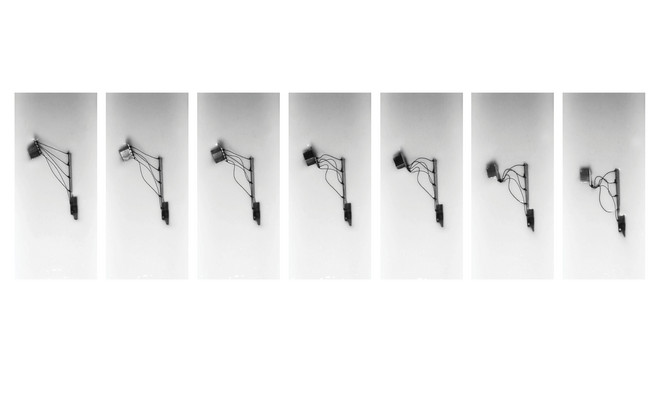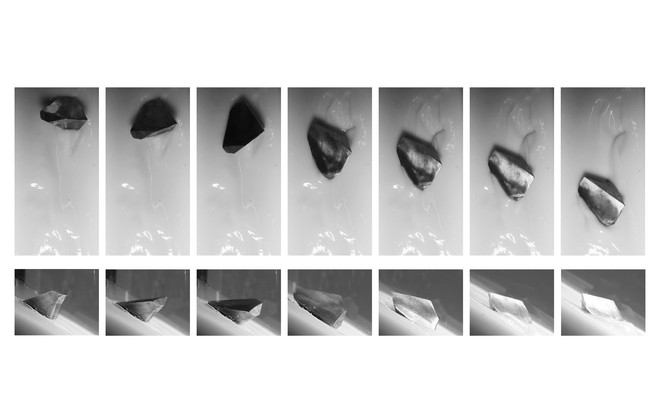
Time Witness
My architectural intent is an investigation of adaptation and how our built environment might react to a landscape in change. The architecture exists in the meeting between artefact and a constantly moving terrain where the building’s shifting footprint leaves marks and traces of itself within the ground. The purpose of the scheme is to reveal the slow changes taking place by capturing a timeframe of the events through architecture.
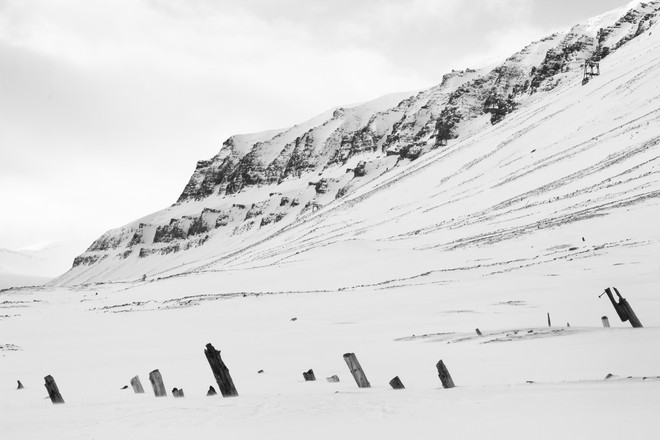
Method & Experiments
To design with the contextual conditons in Svalbard I made a machine that were able to simulate the behavoiur of a moving ground. In the field of geology it is common to use thick liquids as syrup to simulate rocks in smaller scales. I transferred this method and made it productive in my design process.
The first experiment was made to qualify the method. I simulated the foundation pillars and experienced their behaviour to be similair to the pillars on site. The following experiments test the behaviour of different artefacts in syrup. Here, the artefacts which have been crucial for the final outcome are displayed.
Contextual conditions
The arctic region is more vulnerable to global warming than elsewhere. The changes are happening faster and in a much larger scale. Here, the abnormal becomes normal.
Due to its location, Svalbard is primarily characterised by its harsh and cold climate. Most of the ground is in a state of permafrost. A stable topoclimate is vital to sustaining the permafrost. However, the case today is different. The annual air temperature is increasing and threatens its stability. The permafrost is thawing. The surface layer in which the ground both thaws and freezes, is called the active layer. In the sloping sites of Svalbard, the soil gradually starts moving and creeps into new deposits.
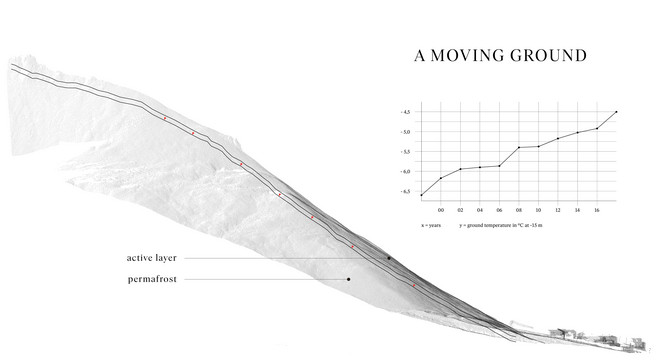
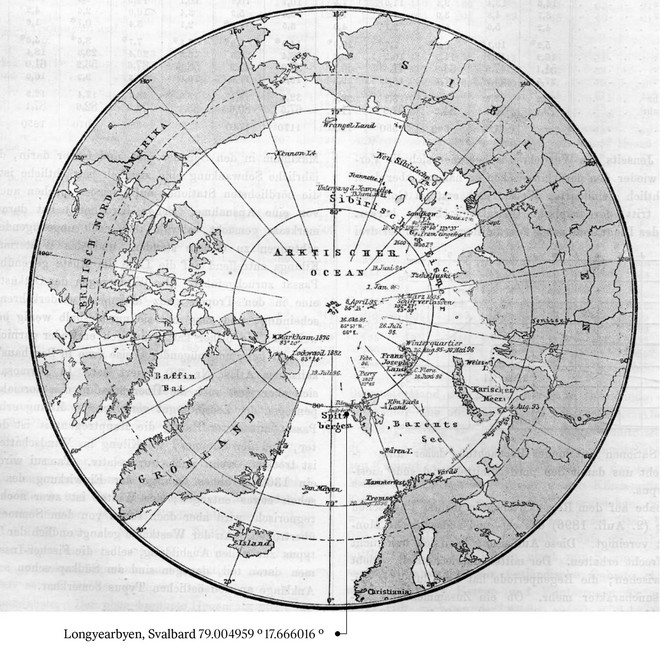

Programme
Det Kongelige Akademi understøtter FN’s verdensmål
Siden 2017 har Det Kongelige Akademi arbejdet med FN’s verdensmål. Det afspejler sig i forskning, undervisning og afgangsprojekter. Dette projekt har forholdt sig til følgende FN-mål